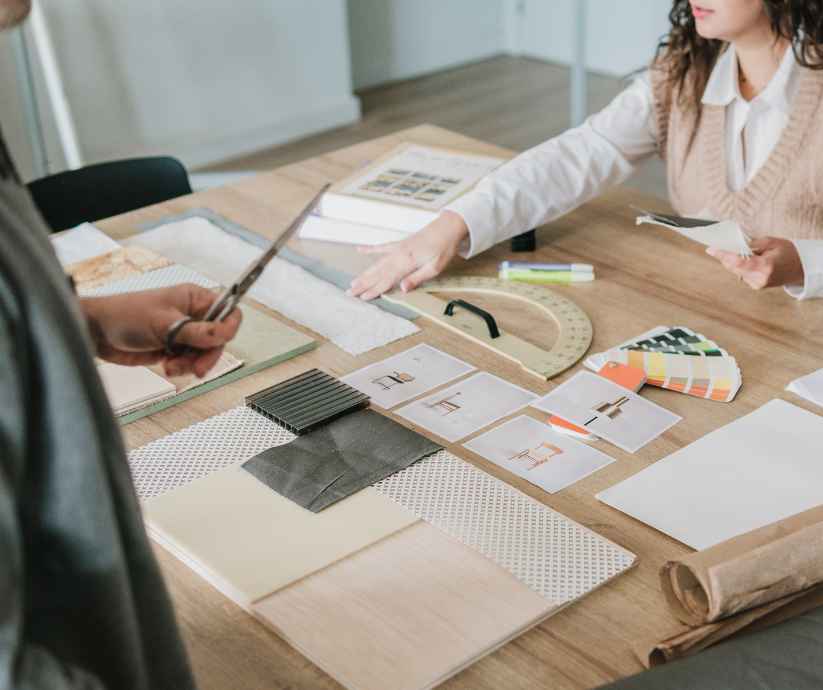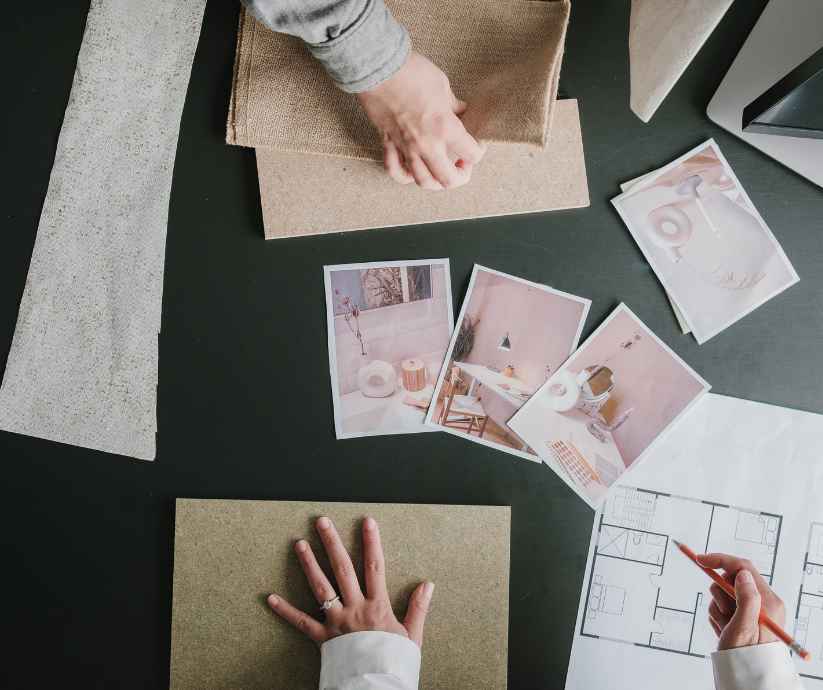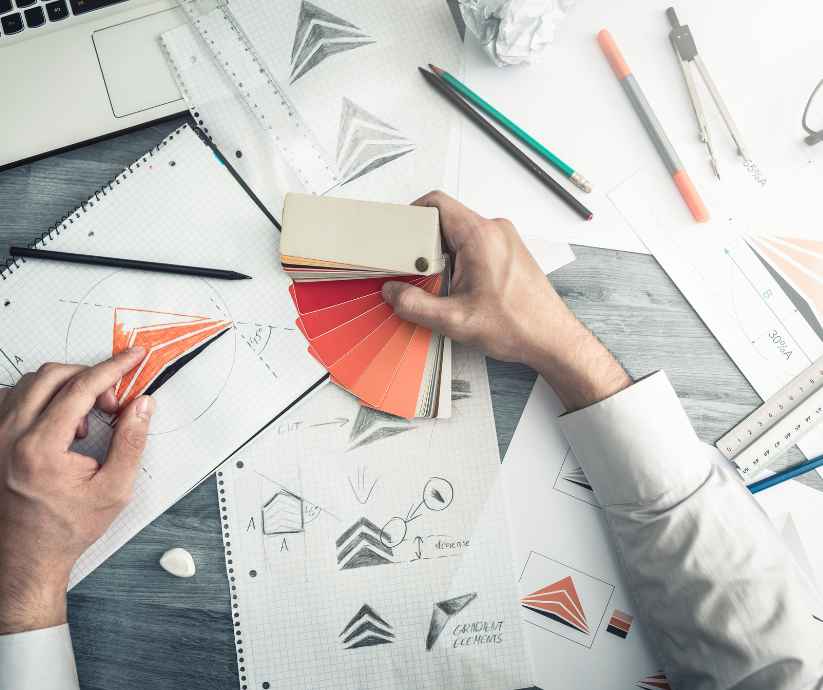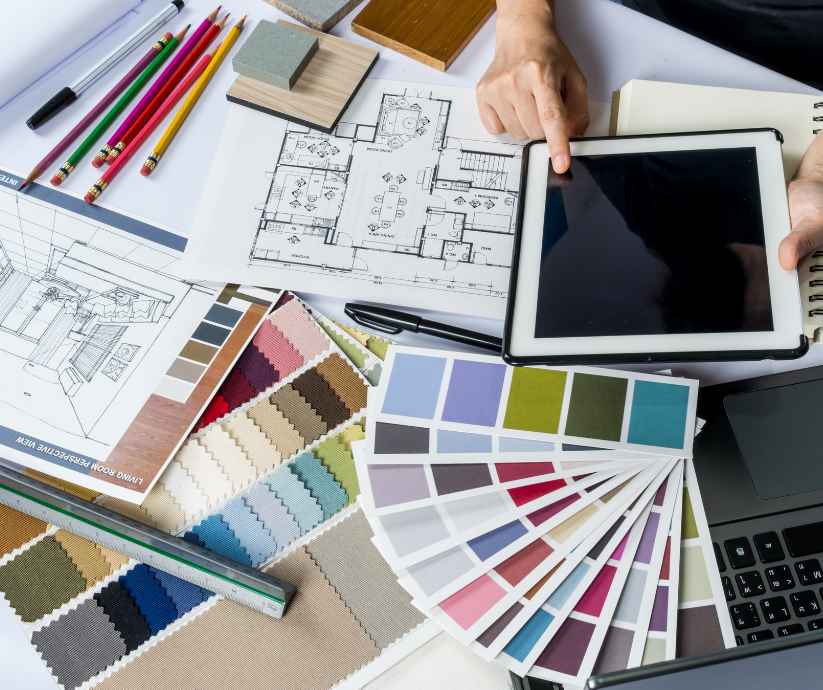When it comes to creating a harmonious and inviting living environment, interior design plays a vital role. The art of designing interiors goes beyond aesthetics; it is a thoughtful combination of functionality, style, and personal taste. Whether you are renovating your home or starting from scratch, evaluating interior design elements can help you create a space that is not only visually appealing but also enhances your daily living experience. We will explore the key factors to consider when evaluating interior design elements.
Space planning is the foundation of any successful interior design project. Before diving into decor choices, evaluate the layout of your space. Consider the flow of movement and how different areas interact with one another. Optimize your space by arranging furniture in a way that promotes easy navigation and comfortable conversation zones. A well-planned space allows for efficient use and ensures that every square foot serves a purpose.

Colour has a profound impact on our emotions and can set the tone for a room. Evaluate your colour palette by considering the mood you want to create in each space. Cool blues and greens promote tranquillity, while warm yellows and oranges evoke energy and vibrancy. Neutral tones create a timeless backdrop and offer versatility when it comes to accessorizing. Choose a cohesive colour scheme that complements your personal style and the purpose of each room.
Lighting can make or break the ambience of a space. Evaluate your lighting options by considering both natural and artificial sources. Maximize natural light by selecting window treatments that allow for flexibility in controlling brightness. Incorporate a mix of ambient, task, and accent lighting to provide functionality and create layers of illumination. Dimmer switches can add versatility, allowing you to adjust the lighting intensity to suit different activities and moods.

Furniture selection and placement are crucial for both comfort and aesthetics. Evaluate the scale and proportion of your furniture in relation to the room’s size. Oversized furniture can overwhelm a small space, while too many small pieces can make a large room feel cluttered. Invest in quality pieces that align with your design style and offer durability. Experiment with different furniture arrangements to find the most functional and visually pleasing layout.
Texture and materials add depth and visual interest to a space. Evaluate different textures by incorporating a variety of fabrics, such as smooth silk, cozy wool, or tactile velvet. Mixing materials, such as wood, metal, glass, and stone, can create a balanced and visually appealing environment. Consider the practicality of the materials chosen, ensuring they are suitable for their intended use and easy to maintain.

Decorative accents bring personality and character to your space. Evaluate your decor choices by selecting items that reflect your style and interests. Consider incorporating artwork, sculptures, or photography that resonate with you. Showcase personal mementos, travel souvenirs, or heirlooms that tell a story. Remember to strike a balance between too little and too much, as cluttered spaces can feel chaotic and overwhelming.
Functionality is a key element to consider when evaluating interior design. Evaluate the practicality of your design choices by ensuring that each room serves its intended purpose. For example, a kitchen should be efficient for cooking and entertaining, while a bedroom should provide a restful atmosphere. Incorporate storage solutions to minimize clutter and keep essential items within reach.
A well-designed space not only looks beautiful but also functions seamlessly. There are a lot of company that have extensive experience in valuing your property. They can suggest which part of your house to remodel to make your property value higher in the market, and with there suggestion it can also attract more buyers.
Evaluating interior design elements involves careful consideration of space planning, color palette, lighting, furniture and layout, texture and materials, decorative accents, and functionality. By evaluating these elements, you can create a space that is not only visually pleasing but also enhances your daily living experience. Remember, interior design is a personal expression of your style and taste, so trust your instincts and create a space that brings you joy and comfort.

